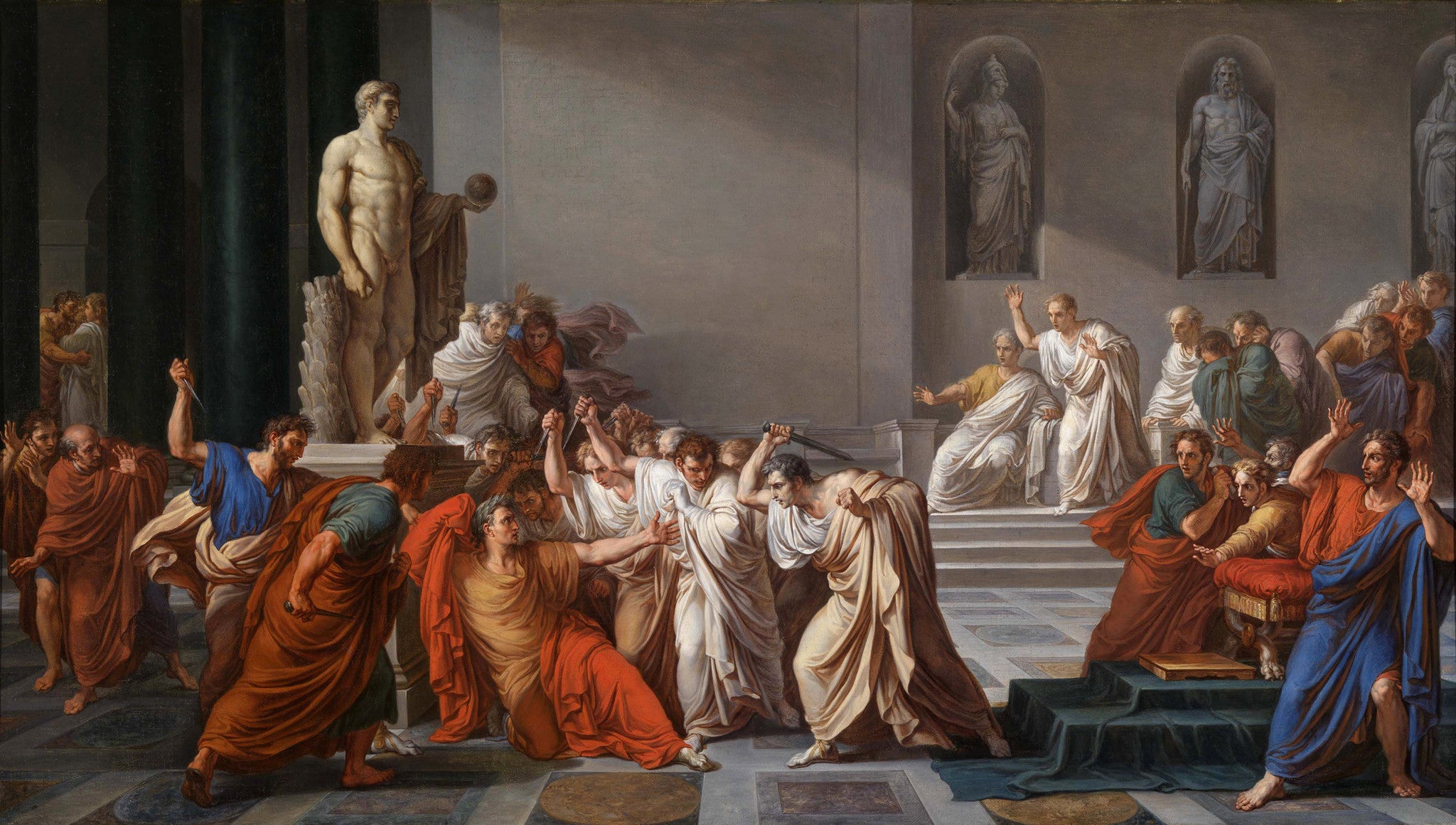Judas Iscariot
Peter Pettigrew
Theon Greyjoy
What started out as friendship, love, loyalty, or brotherhood has been twisted to the point that they are willing to betray those closest to them. Though the reasons for their treachery are numerous, the end goal—the betrayal of friends, families, and allies—is painful, brutal, and often fatal.
Traitors: The Origin
Wikipedia defines betrayal as “the breaking or violation of a presumptive contract, trust, or confidence that produces moral and psychological conflict within a relationship amongst individuals, between organizations or between individuals and organizations”. Such treachery has been around since the beginning of time. From Judas Iscariot to Cassius and Brutus to Benedict Arnold, many historical figures have been laid low, stymied, or even killed as a result of treachery. Wars have been won or lost, kingdoms turned to ash, and history changed because of one decision to betray someone else. One study listed the most common forms of betrayal:- Harmful disclosures of confidential information
- Disloyalty
- Infidelity
- Dishonesty
- Money
- Desire for positive outcome (feeling happier with someone else)
- Desire to avoid negative outcome (betraying friends as self-preservation)
- Dissatisfaction, disillusionment, defeat, or depression
- Selfishness
In stories
Betrayal is one of the most commonly used, and most emotionally devastating, themes in literature:- Peter Pettigrew in the Harry Potter series turned against not only the “good” wizarding world by siding with Voldermort, but against the friends (Sirius Black, James Potter, and Remus Lupin) who formed the Marauders.
- The Night’s Watch in A Song of Ice and Fire betray Jon Snow by stabbing him and leaving him for dead, all because they believe the changes he’s making will lead them to ruin.
- Jayne Cobb in the Firefly TV series betrays Captain Mal by selling out the Tams to the Feds, prompting the classic line, “Next time you stab me in the back, have the guts to do it to my face.”

